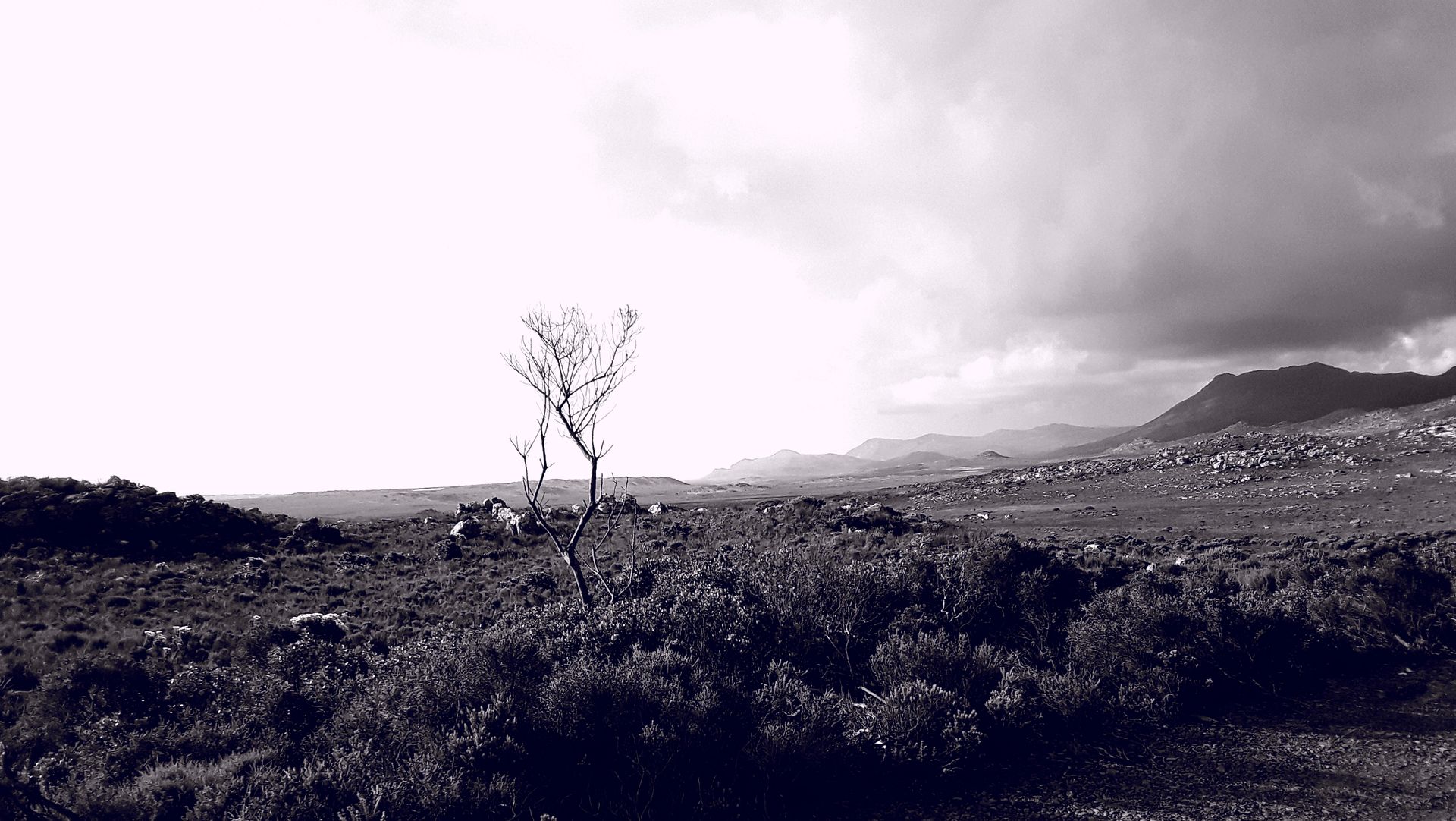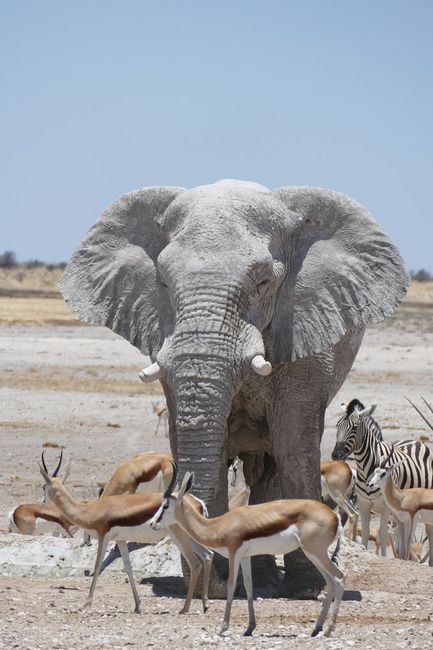
mit-dem-dubs-zu-neuen-ufern
vakantio.de/mit-dem-dubs-zu-neuen-ufern
Jump, the Quebrada de Cafayate, the highest wine in the world... and once again our tank
ප්රකාශිතයි: 29.05.2018
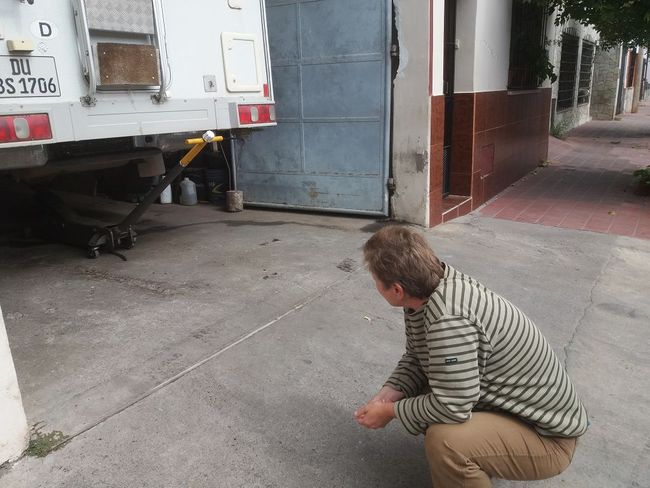
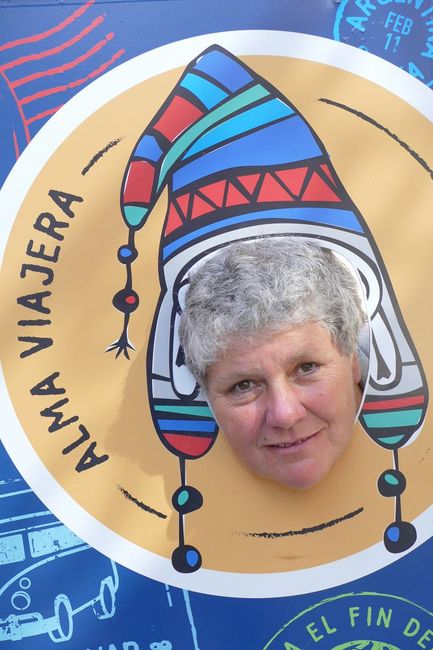
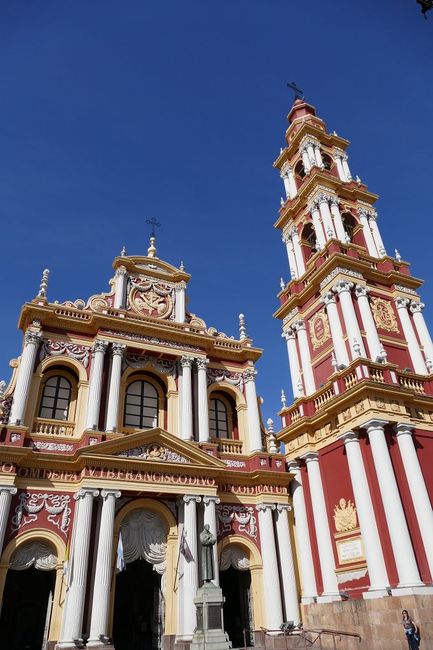
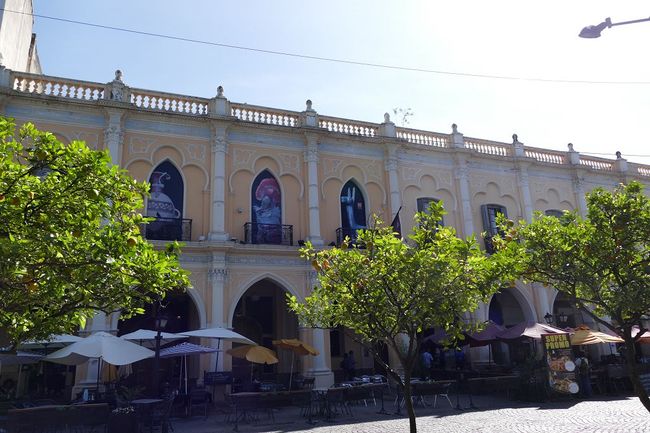
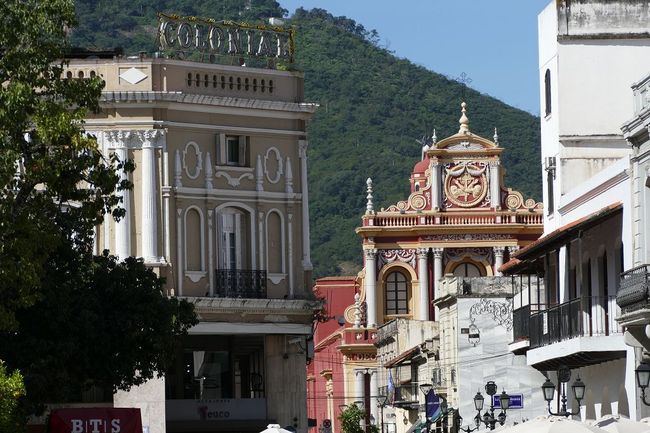
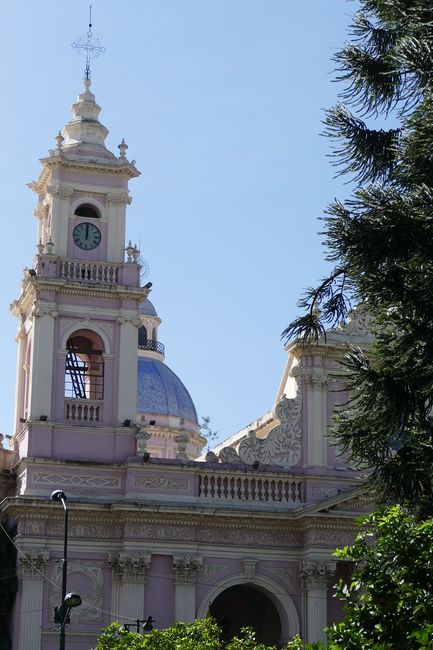
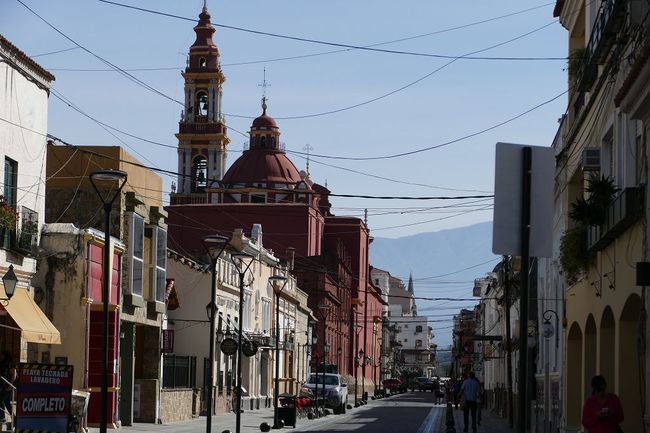
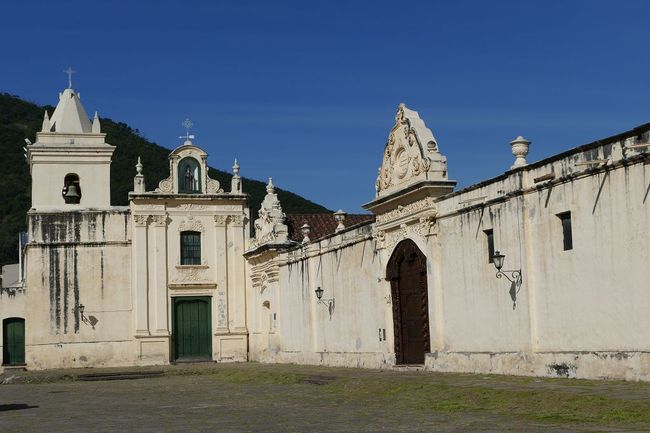
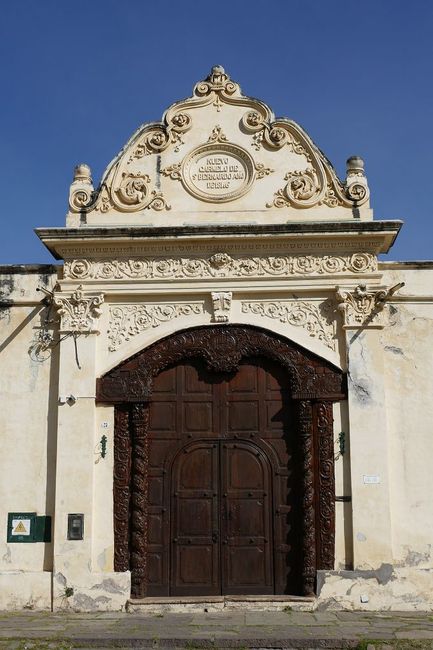
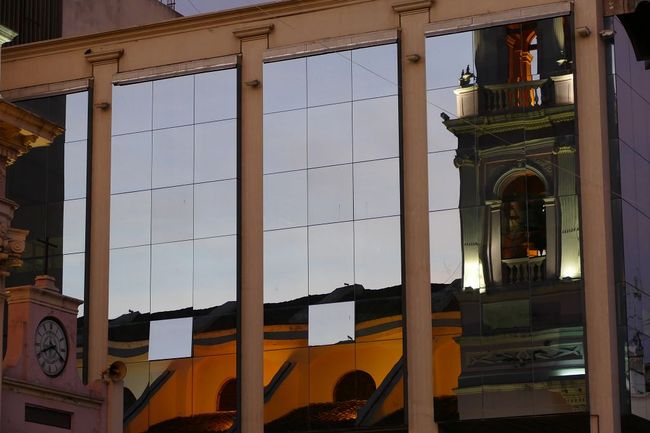
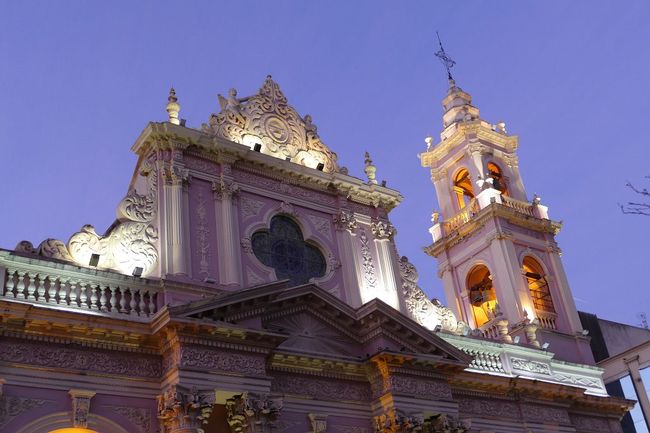
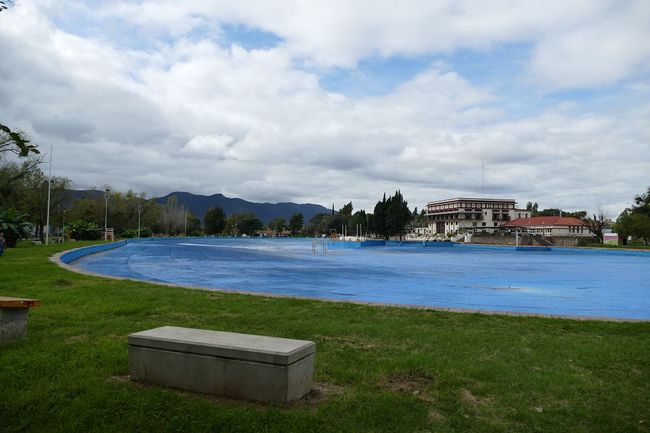
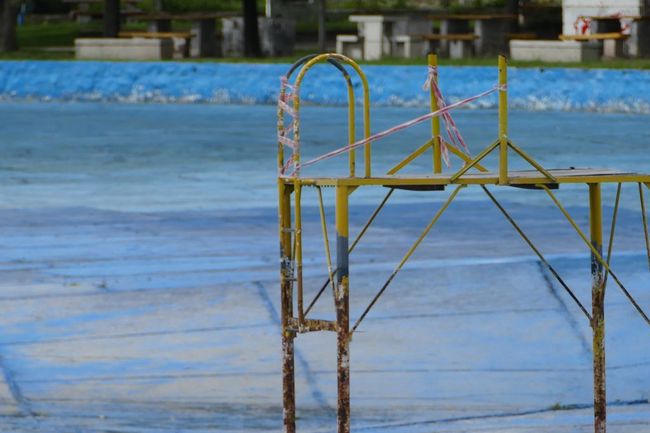
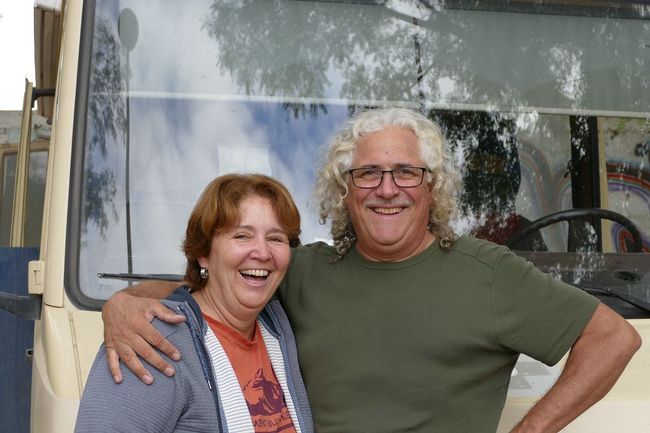
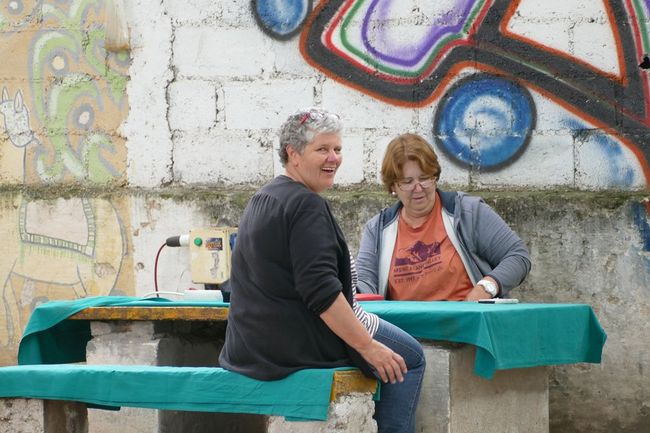
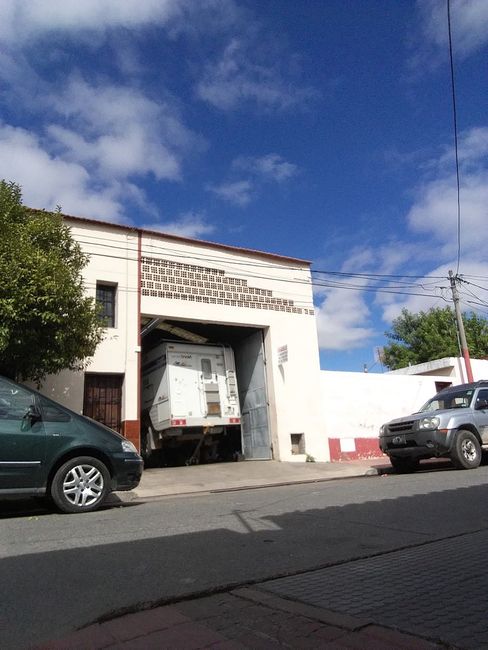
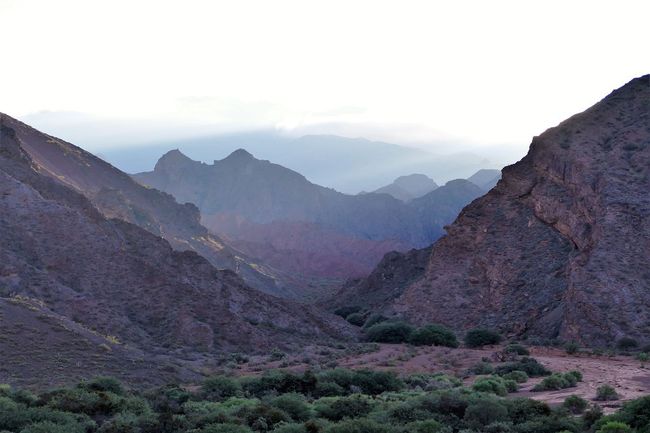
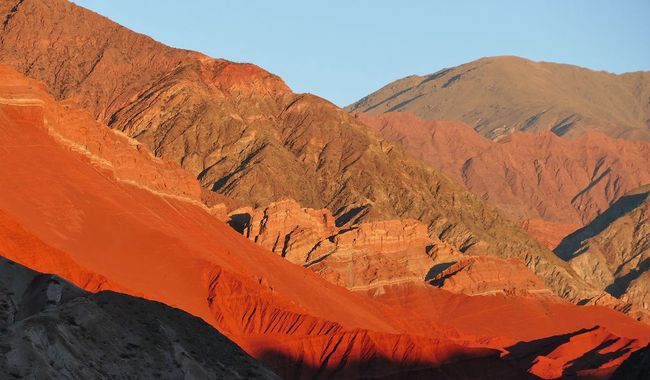
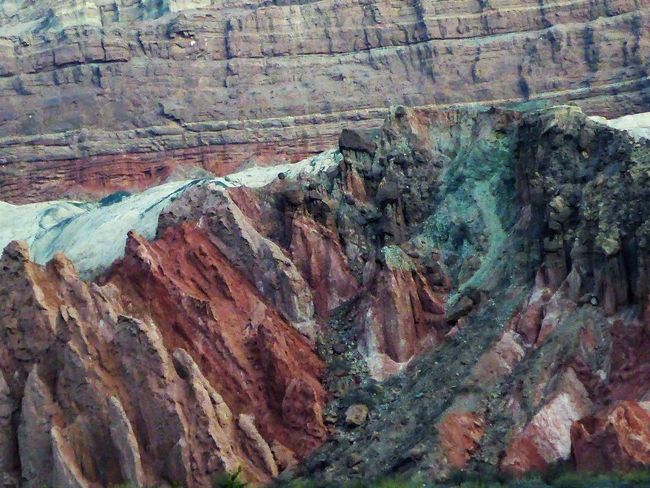
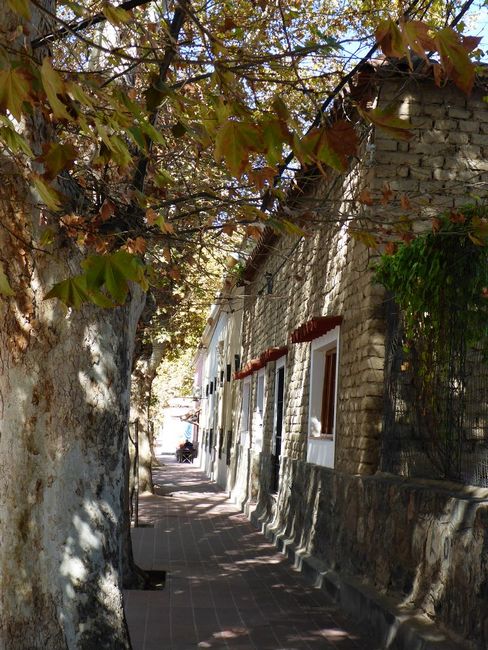
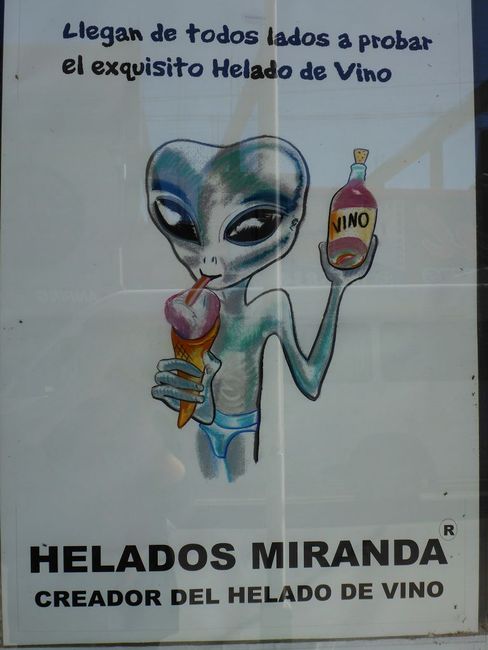
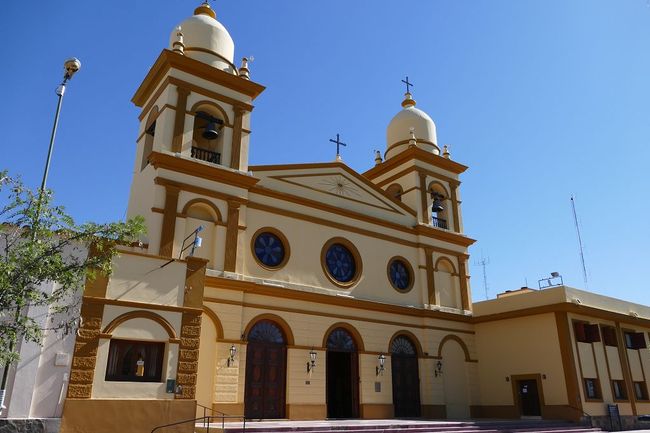
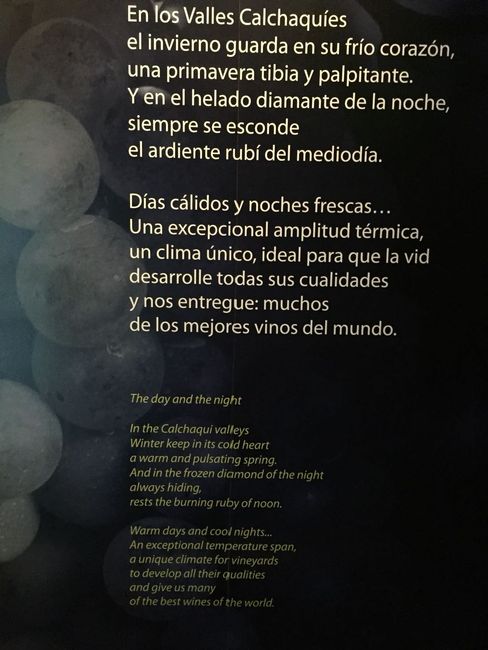
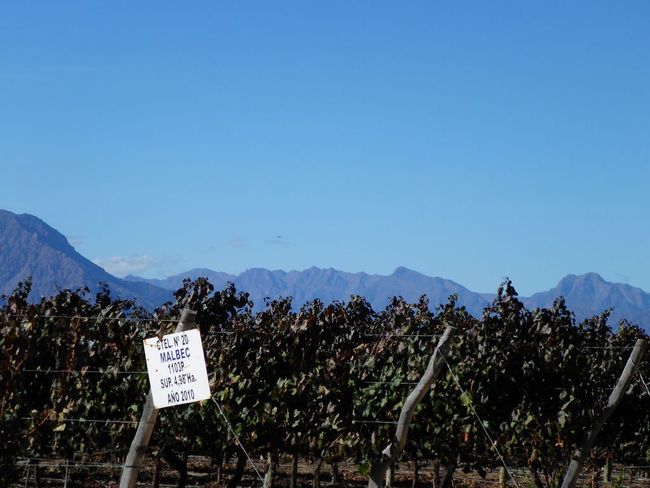
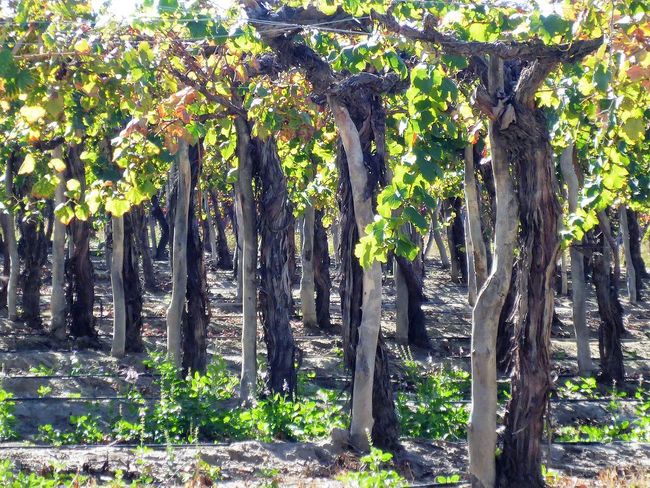
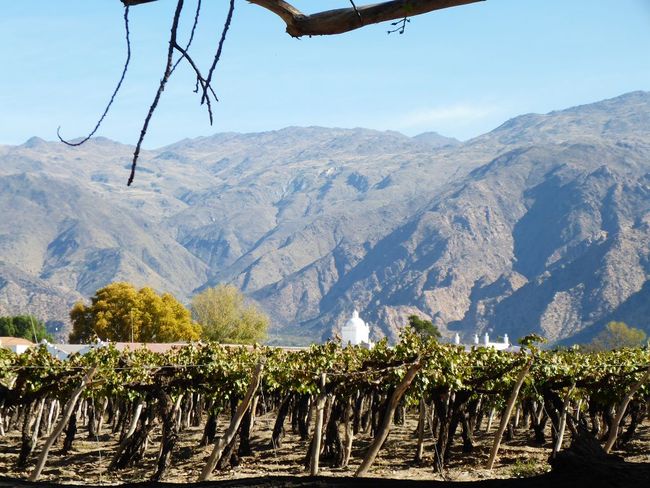
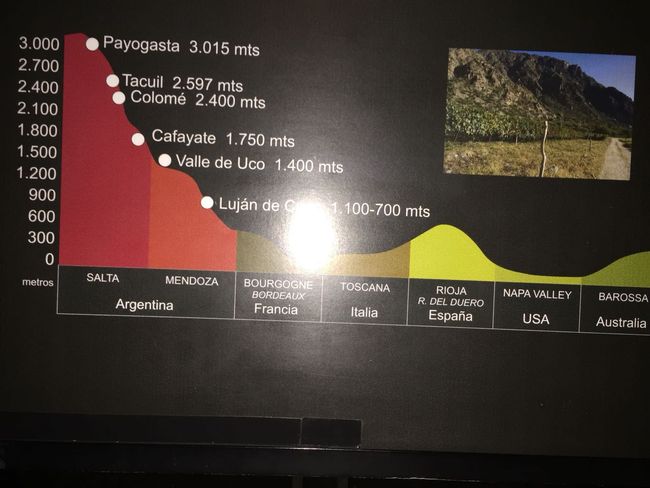
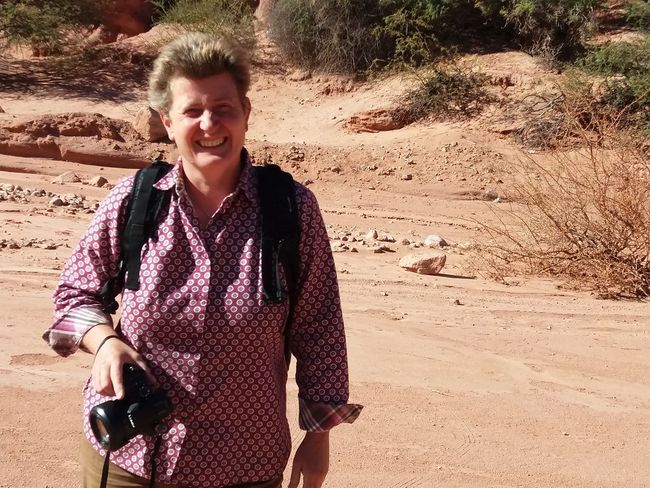
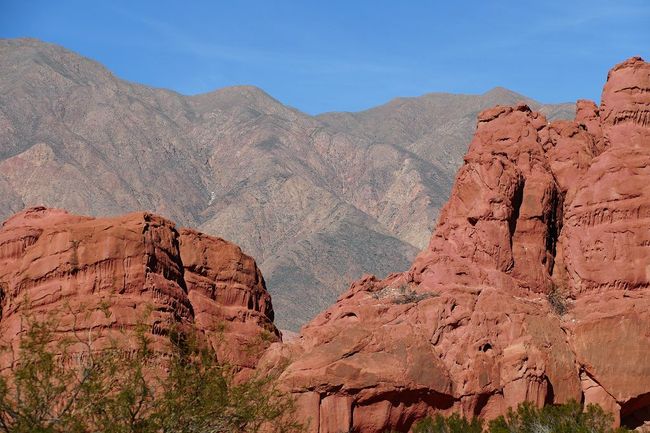
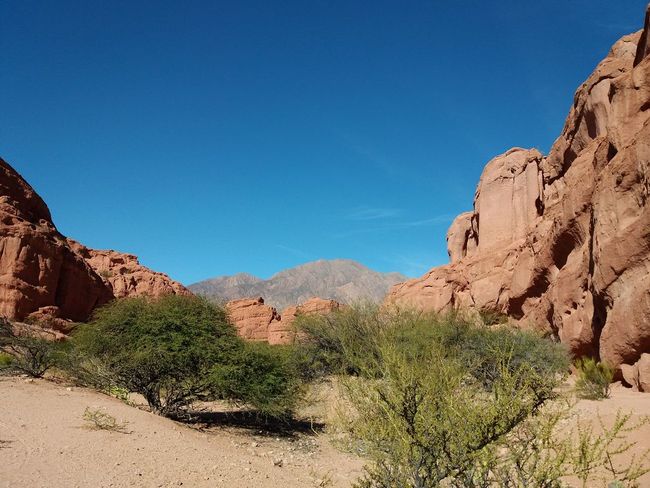
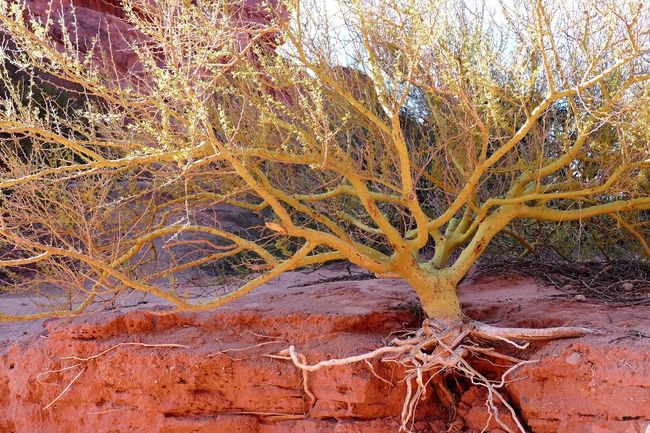
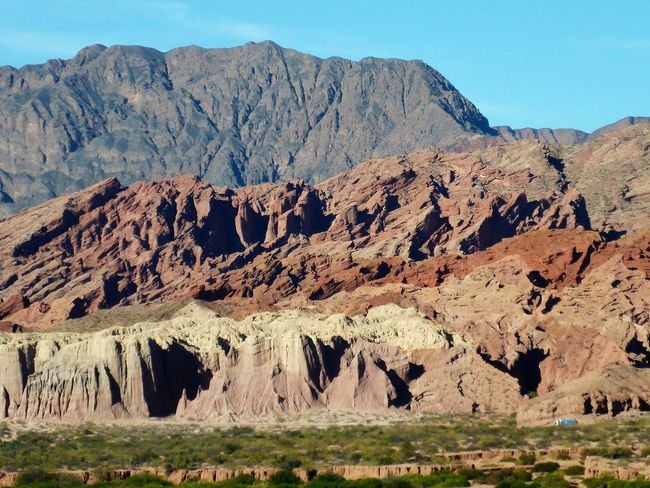
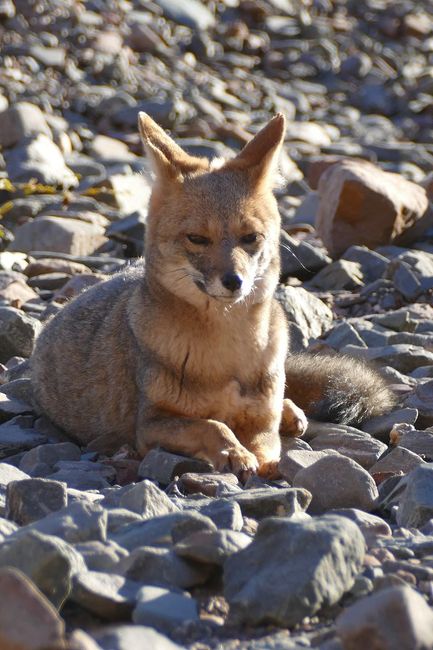
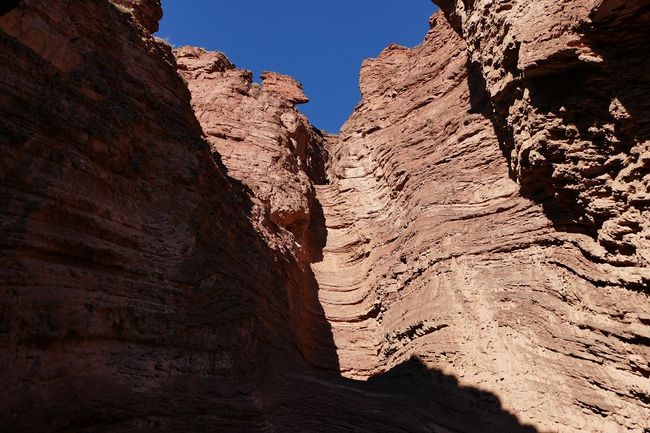
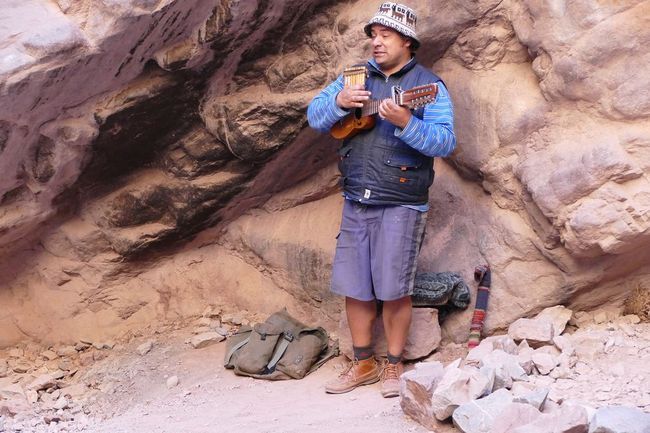
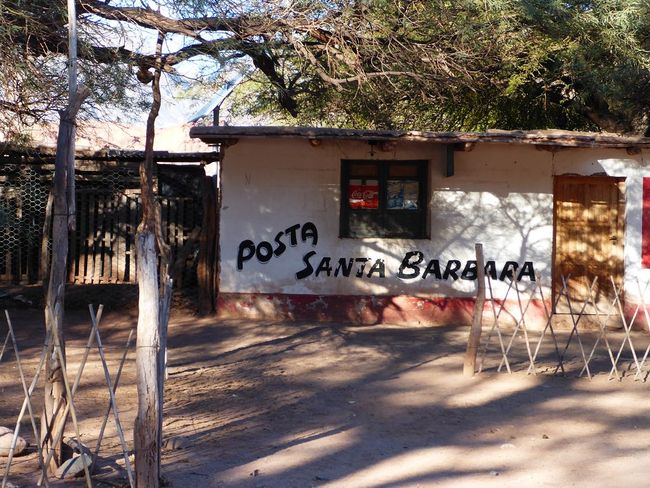
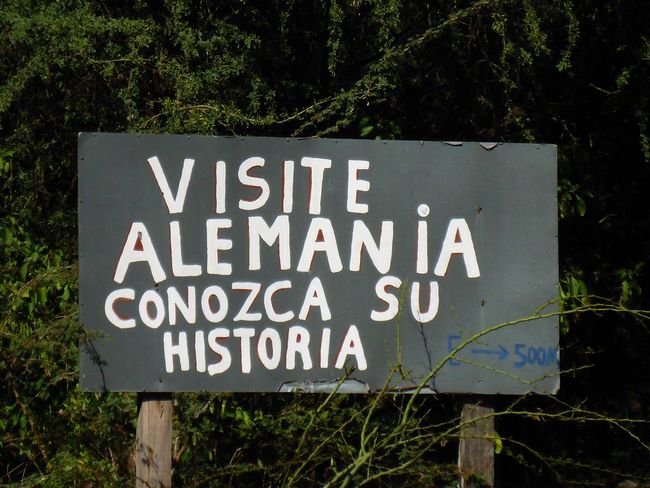
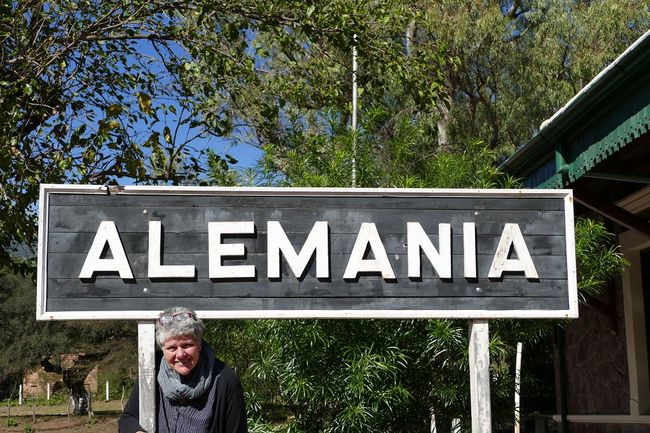
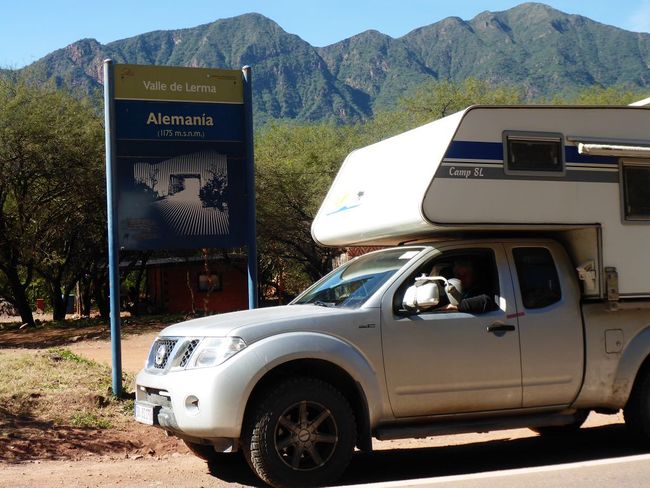
පුවත් පත්රිකාවට දායක වන්න
Finally, we are heading to Salta, the most beautiful and most visited city in the northwest. Renowned for its many well-preserved colonial buildings, its beautiful Plaza 9 de Julio, the San Francisco Church, and the 16th-century San Bernardo Carmelite Monastery, which only nuns are allowed to enter to this day. We head to the Camping Municipal, easily recognizable on every map with its truly gigantic swimming pool, but now without water in the fall. The entire facility is huge and was probably once chic and impressive, but now it is rundown and dilapidated like so many Camping Municipal in Argentina. But the price is okay, the showers are dirty but hot, and the toilets, well, let's just say they're "usable." We are greeted by a German voice at check-in and soon we are parking next to Jens and his wife Ute, with our first beer in hand even before the Dubs is properly parked. With such a friendly welcome and nice neighbors, the shortcomings of the place are quickly forgotten, and in the days to come, we exchange travel anecdotes over breakfast and beer and wine in the evenings.
We explore Salta in our own way once again. First, we get off the bus way too early and reluctantly explore the less picturesque outskirts. Once in the center, we visit the sights, including the monastery that we are not allowed to enter but has a very beautiful, naturally locked entrance door. We also don't hesitate to leave the city to take the cable car to the hilltop and see Salta from above. But of course, the cable car is currently being maintained and will be out of service for the next few days. So we walk back to the city, a little weary and not quite as cheerful. It is already dark when we return to the center, but we still want to visit the San Francisco Church. As soon as we enter, the church service begins and we quickly slide into a pew to avoid standing out. We can't leave now, so we wait until the liturgy calls for "standing and singing with all your heart" and try to sneak away as inconspicuously as possible. Now we're hungry, but only clueless tourists eat in the middle of the main square, everyone knows that. Since we are experienced and seasoned globetrotters, we wander through the side streets for another three-quarters of an hour, find a long line in front of a hot dog stand, and a pizzeria that warms up ready-made pizzas in the microwave. We reluctantly return to the campground. At least it is now an acceptable time for dinner by Argentine standards, the restaurants are filling up, not only with tourists, and we eat excellently - llama fillet in rosemary crust and pork tenderloin with plum sauce. We knew all along that the campground is the best!
We have another one of the usual hair-raising bus rides and then have a beer with Jens and Ute, completely exhausted.
The museums that are on the agenda for the next day will have to wait. The tank, act three. It's not leaking, but two days ago a diesel line came loose, which we were fortunately able to quickly reattach. When we crawl under the car to search for the cause, it quickly becomes clear that once again, the suspension of the tank has given way due to the shaking on the gravel tracks. One side of the bolt has broken, and the other side of the suspension has torn off, so the tank is hanging on only two supports. We temporarily fix the broken sides with cable ties and wire, but we know very well that 130 liters of tank capacity will not hold as a result. It's heartbreaking. We decide to look for a workshop tomorrow, but we're not in the mood for the city today, especially since it's already quite late. Perhaps instead, we should invite our nice neighbors for a barbecue and repay them for the evening beer? Didn't we see a supermarket down the street? We start walking, and after almost an hour along the main road in the midday sun, we finally reach a supermarket. We return, loaded with meat, bread, vegetables, and beer, and treat ourselves to a taxi. It's going to be a lovely evening.
The next day, we drive through the city and actually find a small workshop that looks reasonably trustworthy, and a master mechanic who, after taking a look under the car, recognizes the problem and believes he can fix it. We could wait. He would quickly finish another car, and then ours would be next, it wouldn't take long. The other car was actually finished in a few minutes, but ours took more than four hours. We observed all the work very closely - standing in front of the workshop for two hours, sitting on the curb for two hours, you stop keeping track of time at some point. He did a great job, removing the broken bolt, cutting a new thread, using a thicker bolt, and welding the broken suspension back on. The tank is now securely in place again. He initially misinterpreted our reaction to the price and referred to the four hours of work. However, we had no problem paying nearly 50 € for a repaired tank and even added a tip. Since it is too late to continue driving, we return to the campsite, have a cup of tea, and go to bed early.
The next morning, with the tank securely in place once again, we finally set off to Cafayate, Argentina's second, smaller center for high-quality wines. Breathtakingly beautiful, located at over 1,500 meters, surrounded by vineyards and high, snow-capped peaks in one of the most impressive landscapes in the north, the small town is definitely worth a detour. It is slightly off our route, and we will have to drive through the Quebrada de Cafayate on the way there and back, but it is more of a pleasure and an experience than a detour. Cafayate is the highest wine-growing region in the world, has a desert climate, a centuries-old, sophisticated irrigation system, and rocky, stony soil - according to the information we received at the truly impressive wine museum, perfect conditions for excellent wines. The white wine made from the Torrontés grape variety is said to be unique, but we didn't like it as much. The red wines made from Malbec or Tannat grapes, some of them organic, are more to our liking. For sustenance before the wine tasting, we enjoy delicious little empanadas with meat, chicken, or vegetables, hot and fresh from the charcoal oven. After two days, we say goodbye to Cafayate and take the road through the Quebrada once again. A magical landscape, with rocks glowing in countless shades of red, especially in the evening light, interrupted only by the vibrant green of bushes and giant cacti. For hundreds of years, the wind has "sculpted" formations from the soft rock with evocative names like "the toad," "the obelisk," "the devil's throat," and, most impressively, "the amphitheater," a kind of giant cave open to the sky with exceptional acoustics. When we arrive in the late afternoon, the flow of tourists has almost dried up, a flute player, who earns a living here by playing music, performs mood-setting melodies almost exclusively for us, and since the parking lot is nicely secluded from the road, we decide to camp here overnight. The musician thinks it's a good idea, the place is quiet and safe at night, the whole area is very calm and completely safe. Shortly before nightfall, a car with three young men arrives, one of them carrying a guitar. As is often the case, our car arouses the curiosity of the newcomers, and we quickly strike up a conversation. The three are from Buenos Aires, and it doesn't take long for the guitarist and the flutist to start playing together, exchanging instruments, singing. A small campfire is lit, the mate gourd is passed around, and unexpectedly, we have an unforgettable improvised concert in a unique setting. What a beautiful evening and a perfect farewell to the Andes for us. Because now we will continue eastward and leave behind the last foothills of the Andes.
පුවත් පත්රිකාවට දායක වන්න
පිළිතුර (5)
Petra
Also Barbara,mit dem Mützchen könntest du mal zur Arbeit erscheinen,das wird einschlagen wie ne Bombech
SUPER SUPER. Tolle Erfahrungen, die Ihr teilt. Wünschen Euch eine interessante Weiterreise! Norbert + ChristinaPetra
Hallo ihr Lieben. Wieder mal tolle Bilder. Regnet es eigentlich nie da unten? Hoffentlich ist das jetzt die letzte Panne mit dem Dubs.L.G.aus MoersAstrid
Das sind ja aufregende und schöne Erlebnisse! Könnt Ihr denn jetzt schon ein paar Liedchen trällern und und bei Heimkehr vorführen? Euch noch eine spannende Tour mit wenig Pannen! LG Astrid & HelmutBarbara
Ilse: Lamafilet in Rosmarinkruste würde mir auch schmecken.
Hoffentlich war das jetzt die letzte
Tankpanne.
Spannender Bericht und tolle Bilder, liebe Grüße aus Mengen, auch Gerda schickt Grüße. Sie verfolgt Euere Reise immer auf der Landkarte.
LG Ilse